31 July 2025
|
While circles may be a convenient shape for the specialists of the peculiar, they’re nowhere near as interesting as history’s more eclectic coinage.
When it comes to collecting, we all hope to have an ‘uncommon’ collection – something that’s attractive, special, noteworthy. We can collect what we want, when we want and how we want. Sometimes it is the remarkable, the surprising and weird that floats our boat.
Errors and misprints are a natural fit for this thematic, but this is an unusual feature. We’ll be looking at other ways of getting your weird fix, from shape, to imagery, to materials. Here are four of the most unusual coins we have come across.
Scalloped Edges
Modern minting techniques finally made it possible to produce perfectly round coins. For example, up until the 1980s Indian coins came with scalloped edges. Like this 1919 1 anna.
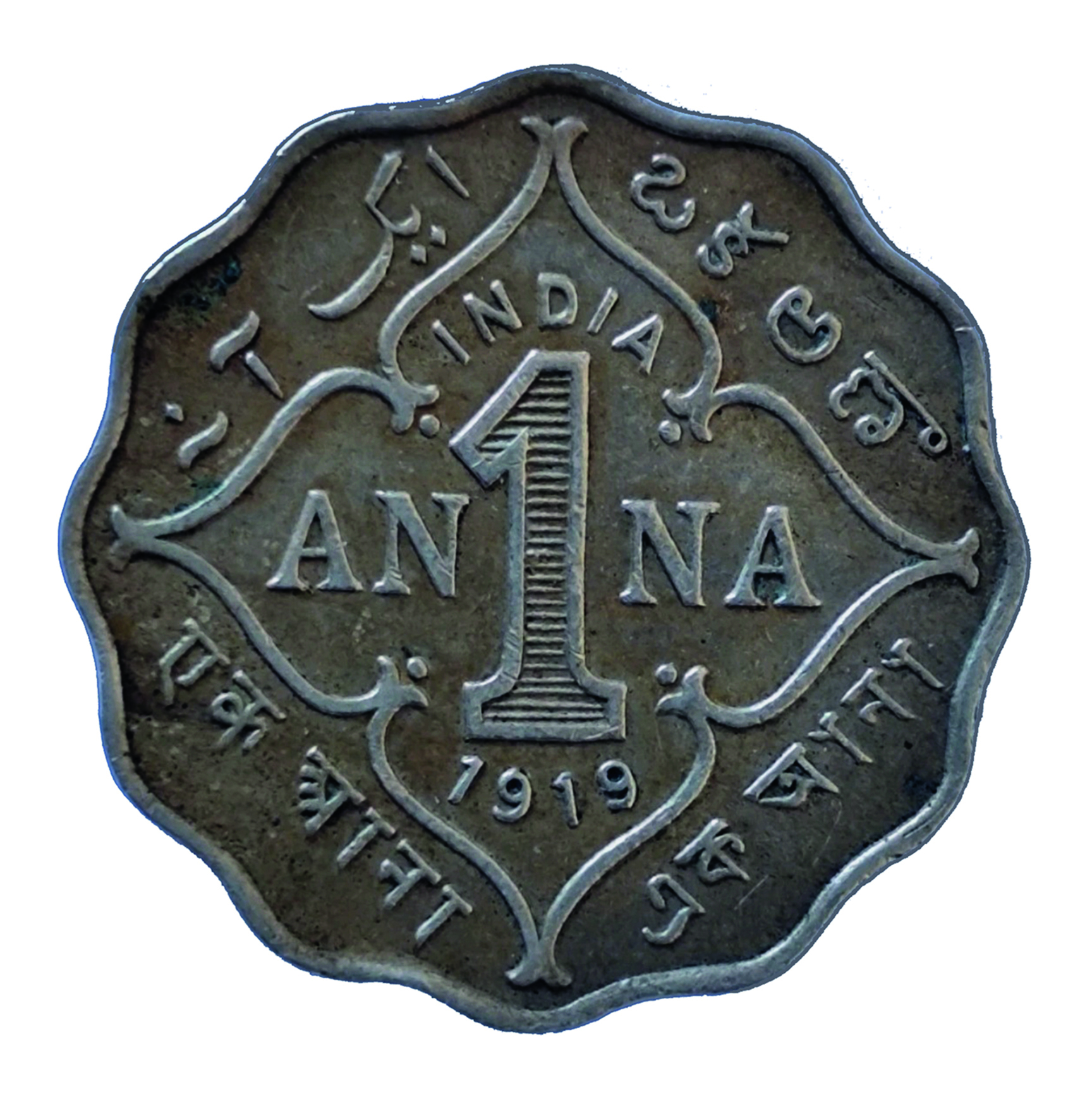
The Bombay Mint exclusively minted this rupee currency, so the coins had no mint marks. With George V on obverse, the reverse has a decorative outline with the amount and date. It also features the amount written in 4 different languages.
Unfortunately, collectors do not value this old, unusual coin highly. There is an irregular pattern for it with some selling on eBay for £1 and others selling for £20 and everything in between.
Suggested article: Top 5 Commemorative Stamps That made Headlines
Square 10-shilling
When hunting for the ‘unusual’ it is a sad fact that older coins are usually more likely to fit the bill than modern ones.
For example, the 1966 William the Conqueror 10-shilling. Guernsey coins released this to commemorate the 900th anniversary of the Norman Conquest. The thing that stood out about this coin was that it was square with rounded edges.
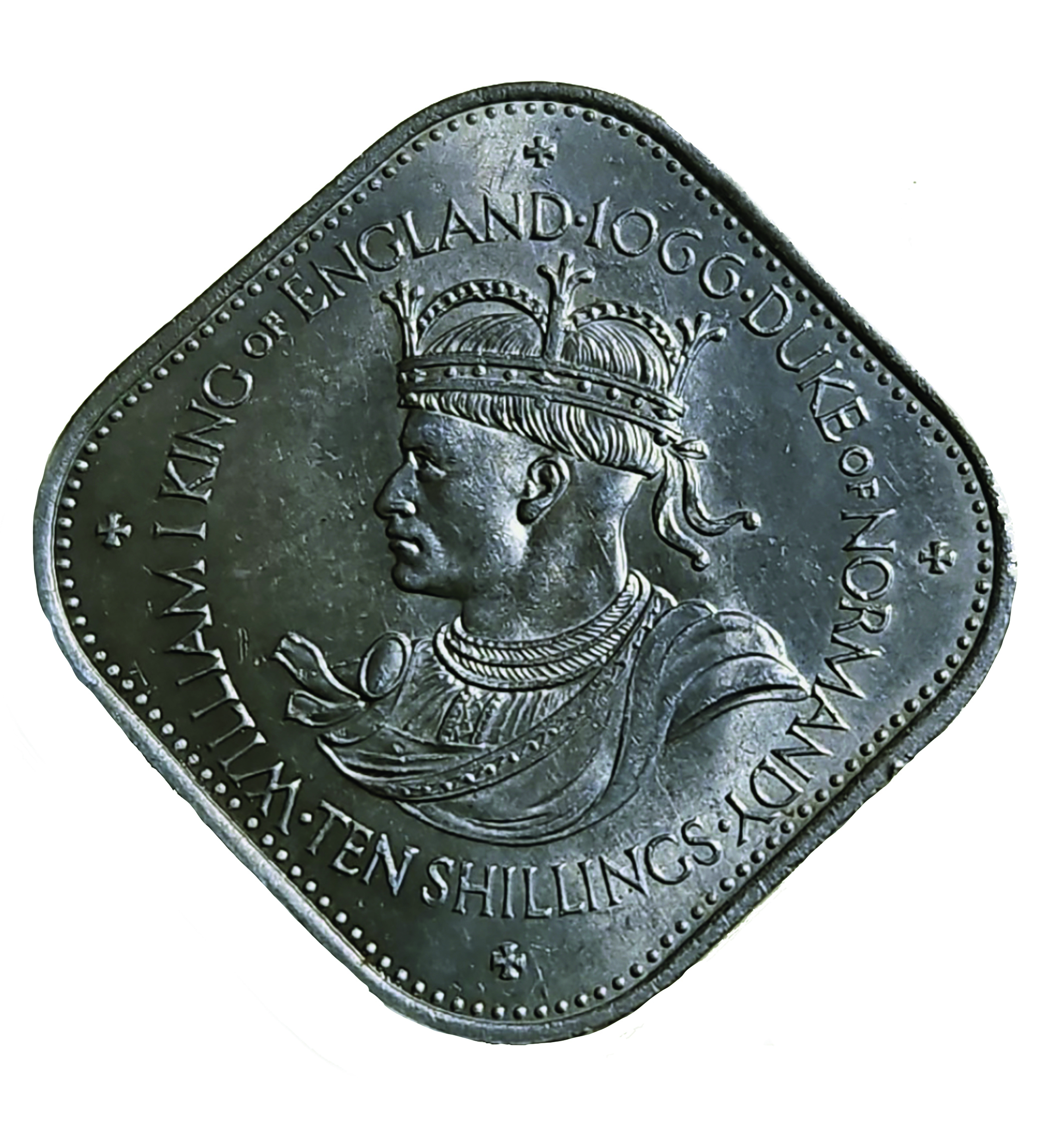
They circulated it as legal tender and minted around 300,000 coins. They made it from copper-nickel, and its current value is around £10. However, 10 shillings in today’s currency is £9.51. So, the profit is minimal on these if you sell them now, but these unusual coins are perfect for a growing collection instead.
2025 x-ray silver
Modern currency is simply ‘a promise to pay’, and it doesn’t need to contain precious metal. Hard-wearing alloys of copper and nickel are still popular, but the use of unusual metals is growing.
As many as 35 countries now produce aluminium coins. The Royal Mint have begun to use reclaimed metals from e-waste. They used some of these materials to produce the limited-edition King Charles III 75th birthday coin and the 2025 silver sixpence. These were made from recycled x-ray silver.
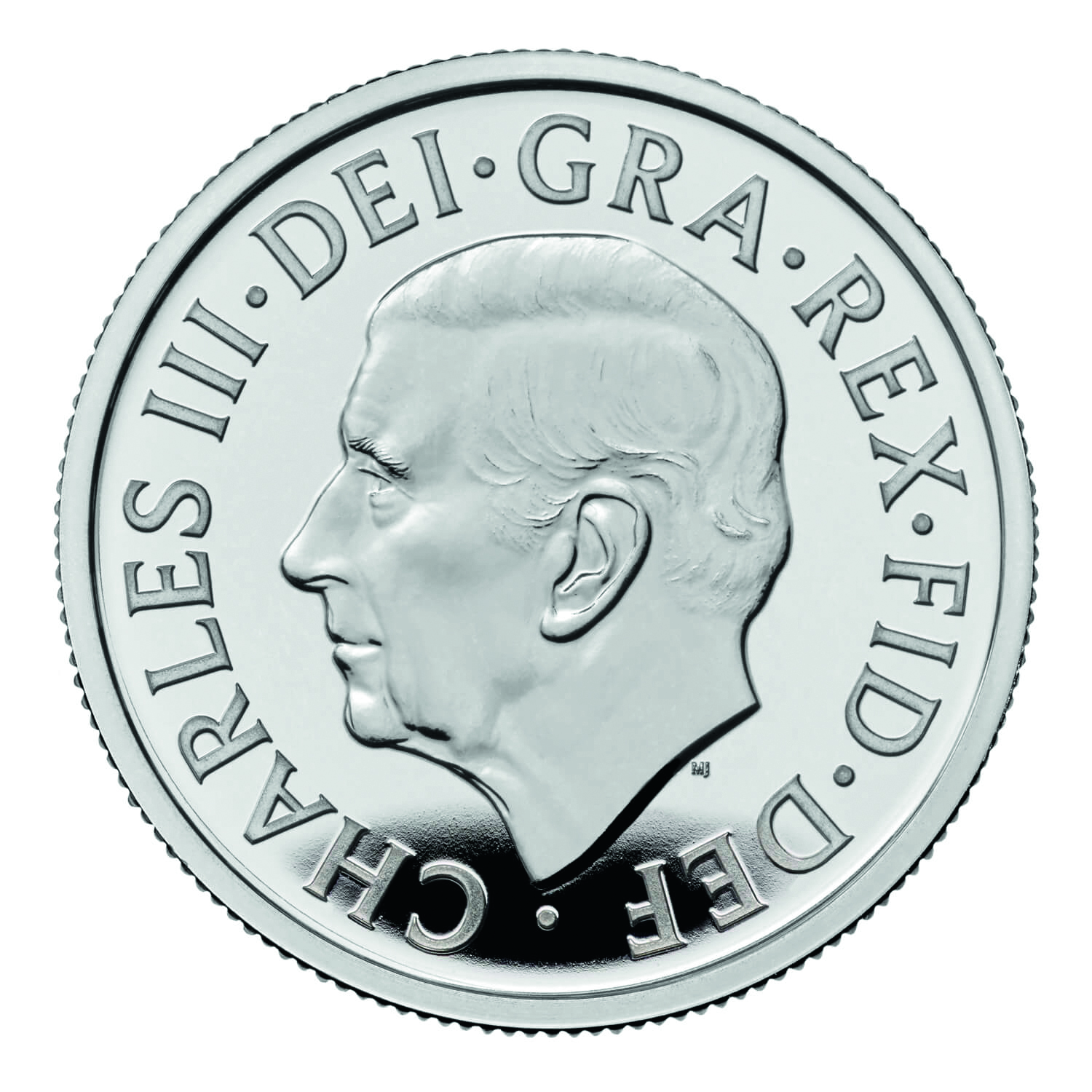
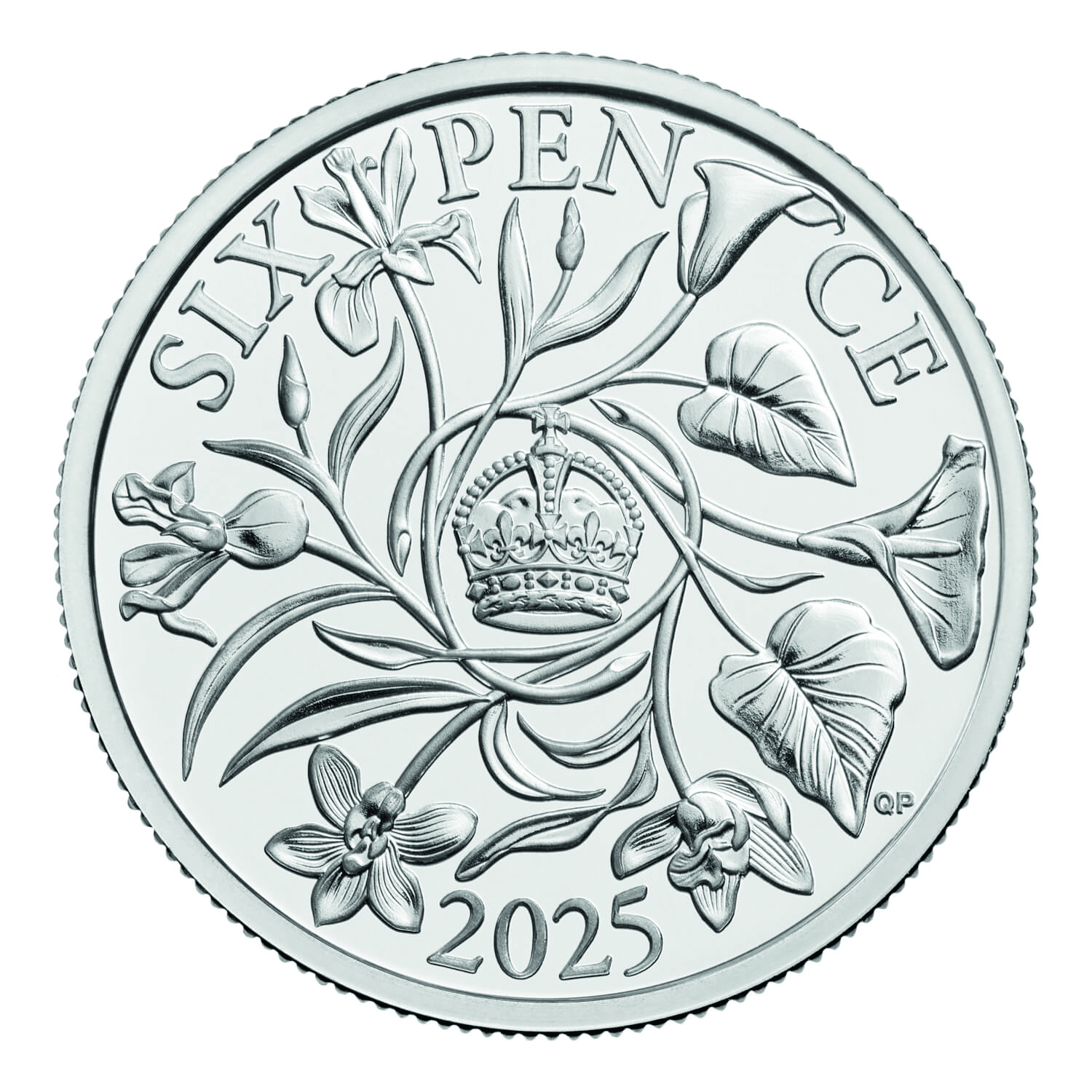
Officials must submit these coins for quality testing in the annual Trial of the Pyx. The Trial of the Pyx is one of the UK’s oldest judicial procedures and makes sure that the UK coinage is of the highest standard.
The use of e-waste forms a part of the Mint’s commitment to a sustainable future across its businesses. The sixpence is traditionally thought to bring luck and good fortune.
Released as Brilliant uncirculated, the Royal Mint imagined them to be mainly bought and given as gifts.
Plastic Rubles
These are all pedestrian compared to breakaway state Transnistria’s currency. They not only issued plastic coins in 2014, but they were all different shapes. How unusual!
One round, one square, one pentagon and one hexagon! These unusual coins were part of their vision to promote a sustainable future focused on recycling.
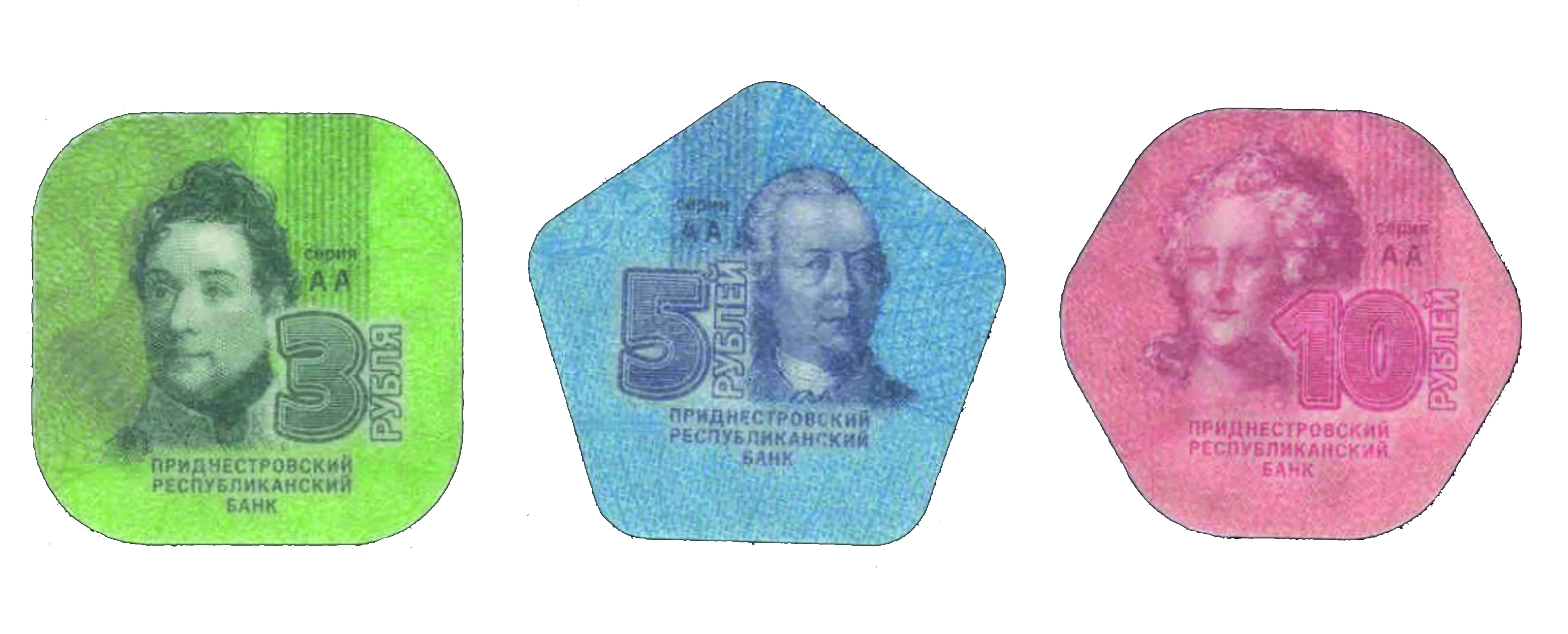
This article is part of a series in our magazine called A-Z of coins, learn more about the rest of the series by subscribing to the Stamp inc Coin Collector magazine.







